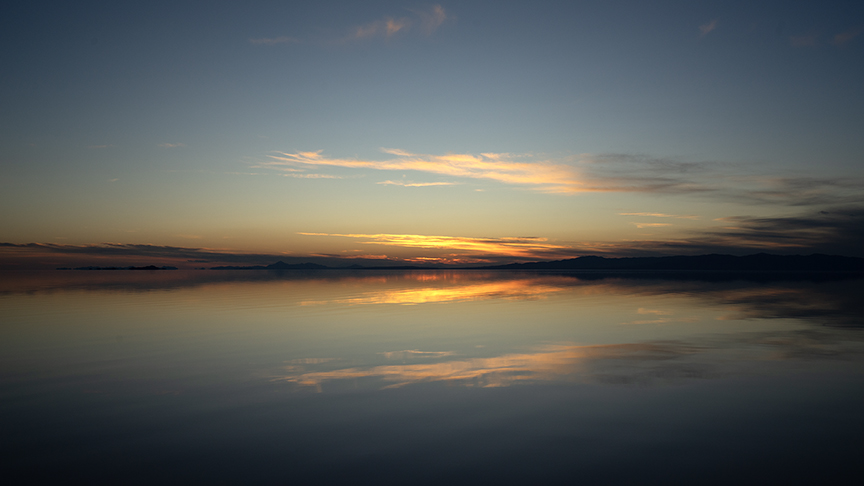PROTECT YOUR DNA WITH QUANTUM TECHNOLOGY
Orgo-Life the new way to the future Advertising by AdpathwayWhen I got word that the monuments in Joaquin Miller Park had some touchup work done, it seemed like a good excuse for a focused visit.
The monuments were a fetish of Joaquin Miller, who owned a tract of land, now at the park’s core, that he called “The Hights.” Miller — Joaquin was his pen name, Cincinnatus his birth name — was a popular poet and colorful personality whose brand persona, “Poet of the Sierras,” was like a cross between Buffalo Bill Cody, John Muir and Lin-Manuel Miranda.
Miller built rustic structures of stones and concrete to honor personages who inspired him. They have a rugged charm. He had the Tom Sawyer gift of enlisting friends to help with the hard part, but because neither he nor they were trained masons the results have undergone some wear and tear since the turn of the last century.
The Friends of Joaquin Miller Park recently had a local pro, Hans Thiering, touch up three of Miller’s monuments. Hans told me they needed some areas patched and some cracks filled, but on the whole they were well made for amateur constructions. I think the skills were more common in Miller’s day; also, maybe this wasn’t the first time the monuments were repaired.
The monument to Robert and Elizabeth Browning is a modest tower atop a steep-sided hill just south of Palo Seco Creek and more than 200 feet above it.
Hans had to patch much of the east side, where some stones had fallen and gone missing.
Fortunately the Friends of Joaquin Miller Park enlisted a Scout troop to collect rocks nearby, and Hans had his choice of stones. I was pleased to see he had some of the same sheared serpentine rock that Miller used.
There’s no bedrock exposed around the monument, so I can’t say whether the stones are truly local, either what the Scouts found or what Miller used. But they’re good enough. And after a while, rain and sun will soften the work as everything gets covered with lichens and a patina of iron oxides.
Down the hill from there is the Pyramid to Moses.
It didn’t need much work, but I was curious about the well-exposed bedrock around it.
Previous workers have mapped the area as serpentinite or basalt, and this didn’t look like either, nor like the Leona volcanics.
What’s in the monument is hard to tell, too, what with a century of weathering and overgrowth plus Miller’s lavish use of concrete mortar.
The third monument is bit farther downhill: the Funeral Pyre where Miller, ever the romantic, wished to be cremated.
The state of the monument is regrettable. The park staff has covered the taggers’ marks with tan paint. The Pyre is made of massive serpentine rock, which is hard to find in this pervasively sheared district between the Hayward fault and the Chabot fault.
Most of the rock around this site is either really chewed-up serpentinite . . .
or sheared, beautiful stuff like this.
The area has been mapped three times during the last century, and each map differs. For what it’s worth, here’s the 2000 version with the locations of the three monuments.

From USGS map MF-2342. Jb, Jurassic basalt; Jsv, Leona volcanics; sp, serpentinite; KJm, Joaquin Miller Formation (across the Chabot fault); KJk, Knoxville Formation; fs, Franciscan sandstone.
The rocks aren’t well exposed; notice that all of the boundaries between rock units are dashed lines indicating uncertain locations and character. Also, maps of this scale are simplified to the point that I don’t rely on it for close-ups. For now I regard this area as a serpentinite melange, a mixed mass that includes blocks of contrasting rock types. My geology ramble #1 goes through this and other parts of the melange area.
This entry was posted on 29 September 2025 at 7:41 am and is filed under Deep Oakland, Oakland serpentinite. You can follow any responses to this entry through the RSS 2.0 feed. You can skip to the end and leave a response. Pinging is currently not allowed.


 1 day ago
6
1 day ago
6
































 English (US) ·
English (US) ·  French (CA) ·
French (CA) ·